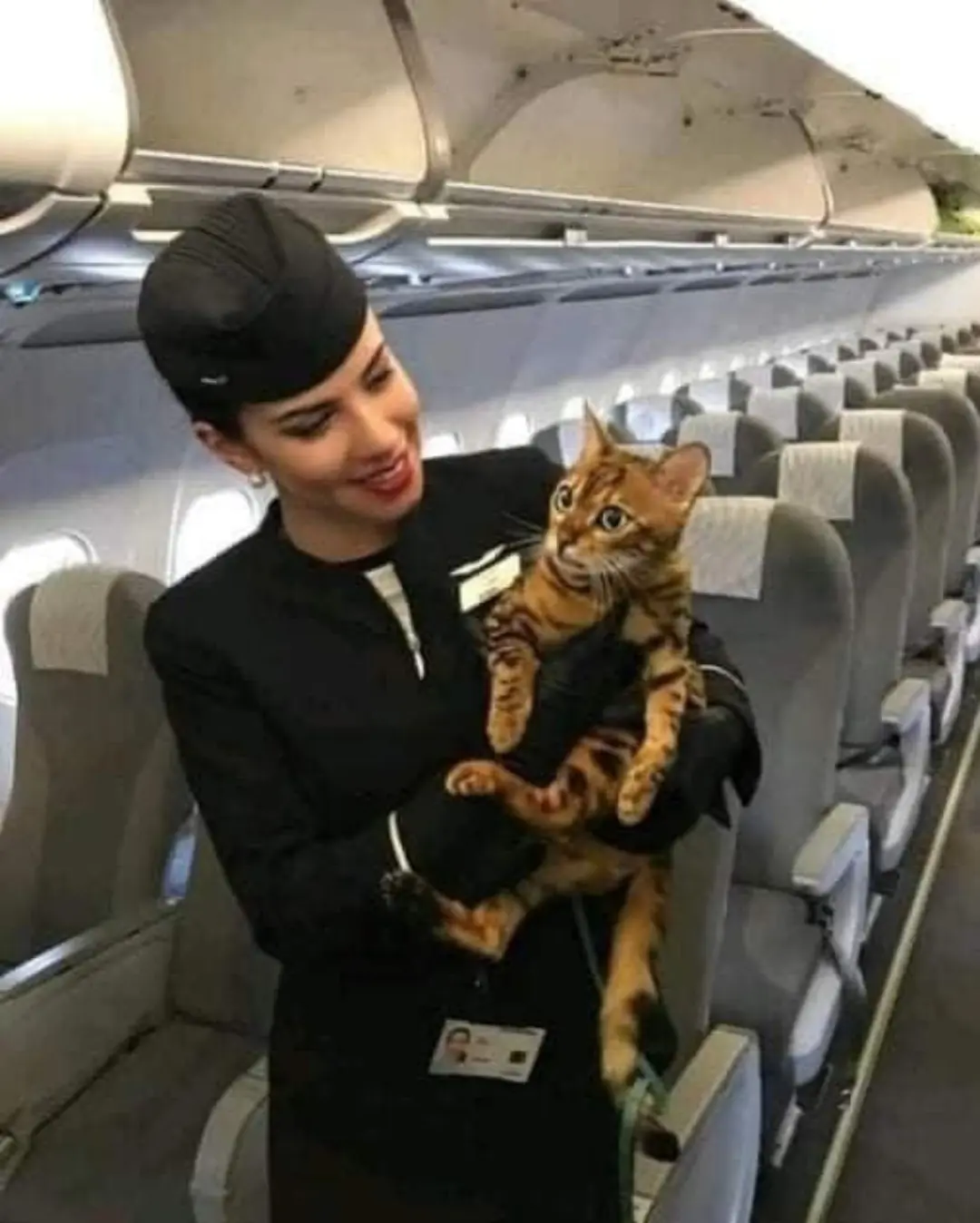
Robert Redford and the Lessons of the Horse Whisperer.
When Robert Redford agreed to direct, produce, and star in The Horse Whisperer in 1998, he viewed it as another ambitious artistic challenge—demanding, layered, and rich with the themes that had always drawn him in: healing, resilience, and the fragile, invisible bond between people and nature.
What he couldn’t have known was that this project would become more than a film. It would become a personal transformation—an experience that forever altered the way he saw the world, himself, and the silent grace of the animals that had long shared his cinematic life.
A Legend in His Element
By the late 1990s, Robert Redford was not merely a star; he was an institution. From Butch Cassidy and the Sundance Kid to Jeremiah Johnson and The Electric Horseman, he had spent decades galloping through the American imagination. Horses were constant companions on his journey—steadfast symbols of independence and the rugged spirit of the West.
On set, they had always been reliable partners: majestic, strong, obedient to the camera’s demand. To Redford, they were co-stars—an essential part of the image, the rhythm, the myth. But they were not yet teachers.
That perception changed the moment he met Buck Brannaman, the real-life horseman whose quiet mastery inspired the film’s central character, Tom Booker.
The Whisperer Behind the Story
Brannaman was unlike any trainer Redford—or Hollywood—had ever encountered. There was no shouting, no ropes snapping, no displays of dominance. His approach was built on patience, empathy, and deep respect for the horse’s emotional intelligence.
He called it “natural horsemanship,” but what it really was, Redford would later say, was “understanding without words.”
Buck didn’t “break” horses; he invited them to trust. He taught Redford to read the smallest signals—a flick of the ear, a shifting stance, a wary eye. Every movement was a message. Every reaction was truth made visible.
“Horses don’t lie,” Redford once said. “They show you exactly who they are—if you give them the space and respect to do so.”
That lesson landed deeper than any line of dialogue or philosophical speech he had ever delivered on screen. It was raw, immediate, and utterly humbling.
The Man Who Listened
On location in the wide valleys of Montana, the transformation became visible to those around him. Redford wore three hats—actor, director, producer—and the days were long, the stakes high. Yet, after each shoot wrapped, while crews packed up equipment and actors drifted back to their trailers, Redford would linger by the fences.
He’d stand quietly, watching the horses move through the fading light, their silhouettes outlined against the orange dust of the setting sun. He wasn’t giving notes or reviewing takes. He was simply listening—to their breathing, their rhythm, their unspoken presence.
Cinematographer Robert Richardson once remarked that Redford seemed to absorb silence the way other directors absorbed scripts. “He’d just stand there,” one crew member recalled, “not saying a word, but you could see something shifting in him. It was like he was learning a new language.”
It was, in truth, a kind of unlearning—the slow release of control, the surrender of ego, the rediscovery of humility.
The Film That Became a Mirror
When The Horse Whisperer was released, it struck audiences as more than a film about a girl, a horse, and the man who helps them heal. It felt meditative—almost spiritual. There was reverence in its pacing, its stillness, its refusal to rush the moments that mattered.
That reverence came directly from Redford himself, filtered through what he had absorbed in the corral and carried onto the screen. The film was not only about healing—it was, in its essence, an act of healing.
Audiences were moved by its quiet authenticity, the way it allowed emotion to unfold naturally, like breath. Redford’s performance—measured, tender, and introspective—reflected the same patience he had learned from Buck’s horses: no force, no artifice, only presence.
A Lesson That Endured
Years later, long after awards and retrospectives, Redford would speak of The Horse Whisperer not as a career milestone but as a turning point. The man who had once viewed horses as part of the set now saw them as mirrors—reflecting back honesty, humility, and spirit.
They had taught him something that no script or stage ever could: that strength doesn’t come from control, but from connection. That silence can reveal more than words. That vulnerability, far from being weakness, is the foundation of trust.
He carried those lessons beyond the screen—into his environmental advocacy, his Sundance Institute, and his personal philosophy of art and life. The whisper he once sought to direct had become something larger: a conversation with nature itself.
Beyond the Frame
In the end, The Horse Whisperer was never just another film on Robert Redford’s résumé. It was an initiation—a deep, wordless exchange between man and animal, between art and truth.
In Montana’s golden light, among horses who spoke in gestures instead of language, Redford discovered a truth that transcended cinema: that stories aren’t only told with dialogue or cameras—they’re also lived, quietly, in the spaces between.
For Robert Redford, The Horse Whisperer was not just about learning how to speak so a horse would listen. It was about learning how to listen so the world might speak back.
News in the same category


The Tie of Humanity: When a Simple Gesture Bridges Two Lives

A Lesson in Compassion: How One Encounter Changed My Perspective
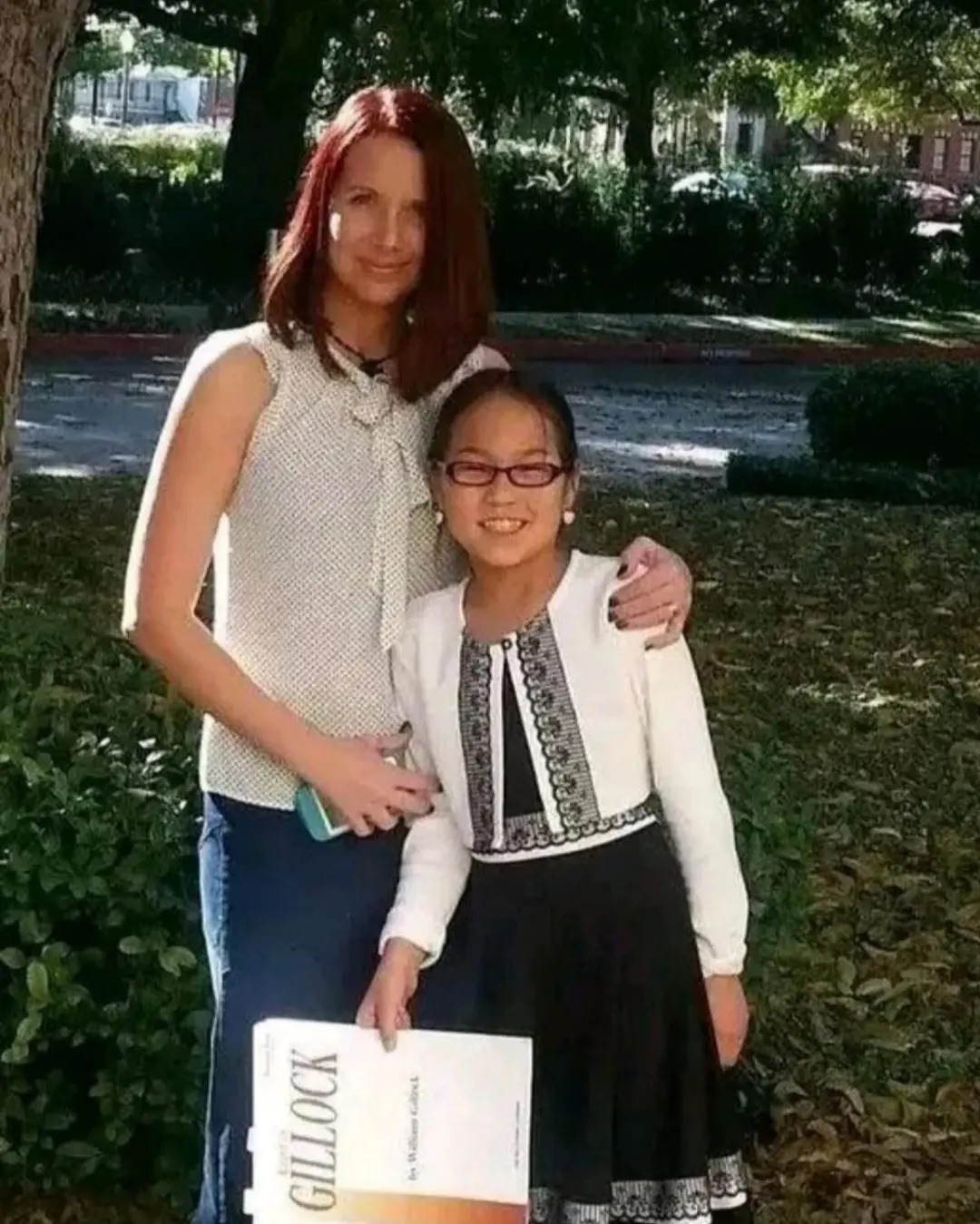
“Yes, I Want Her”: A Mother’s Powerful Response and a Daughter’s Journey of Belonging
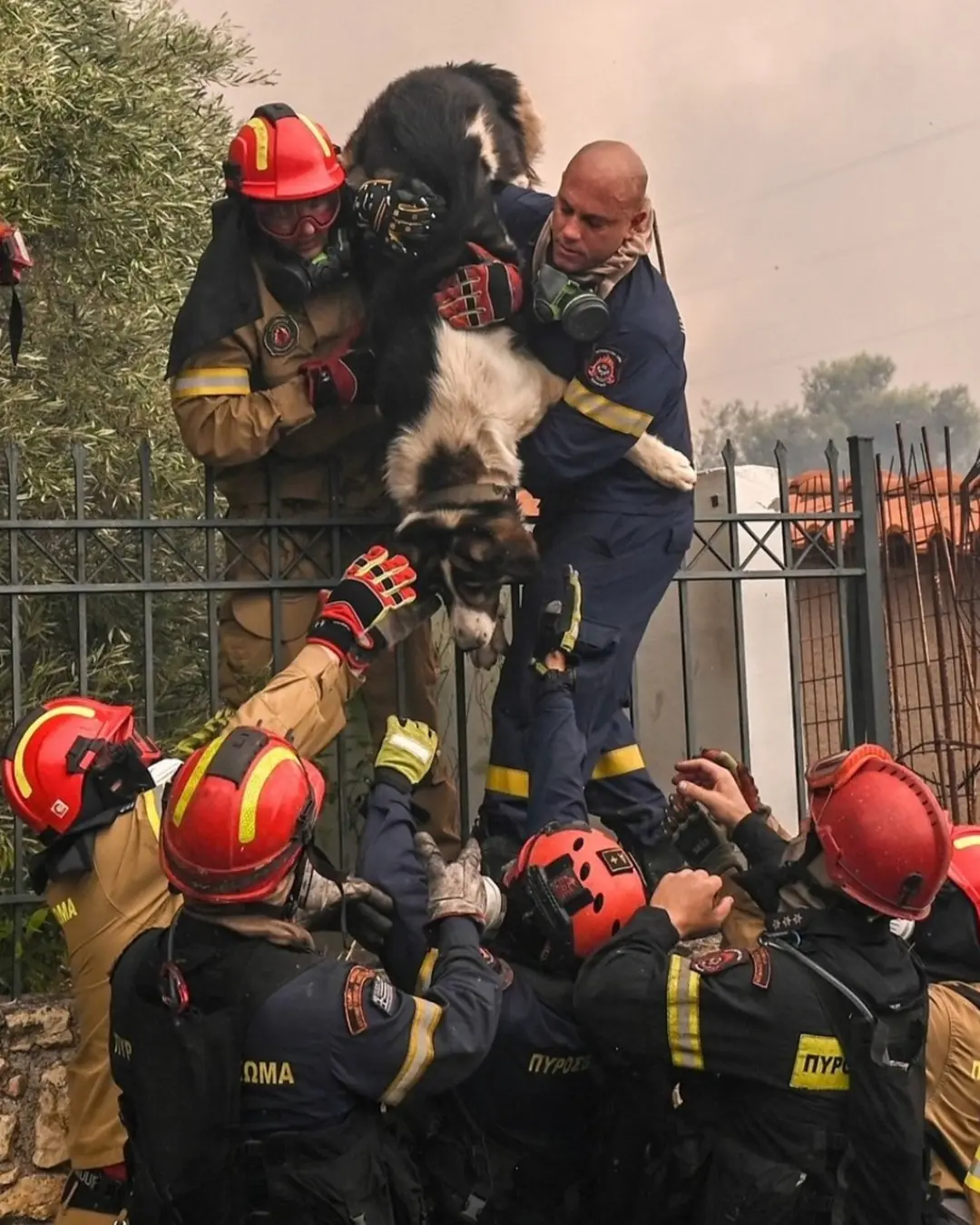
Heroes in the Flames: The Firefighters Who Saved More Than Lives.
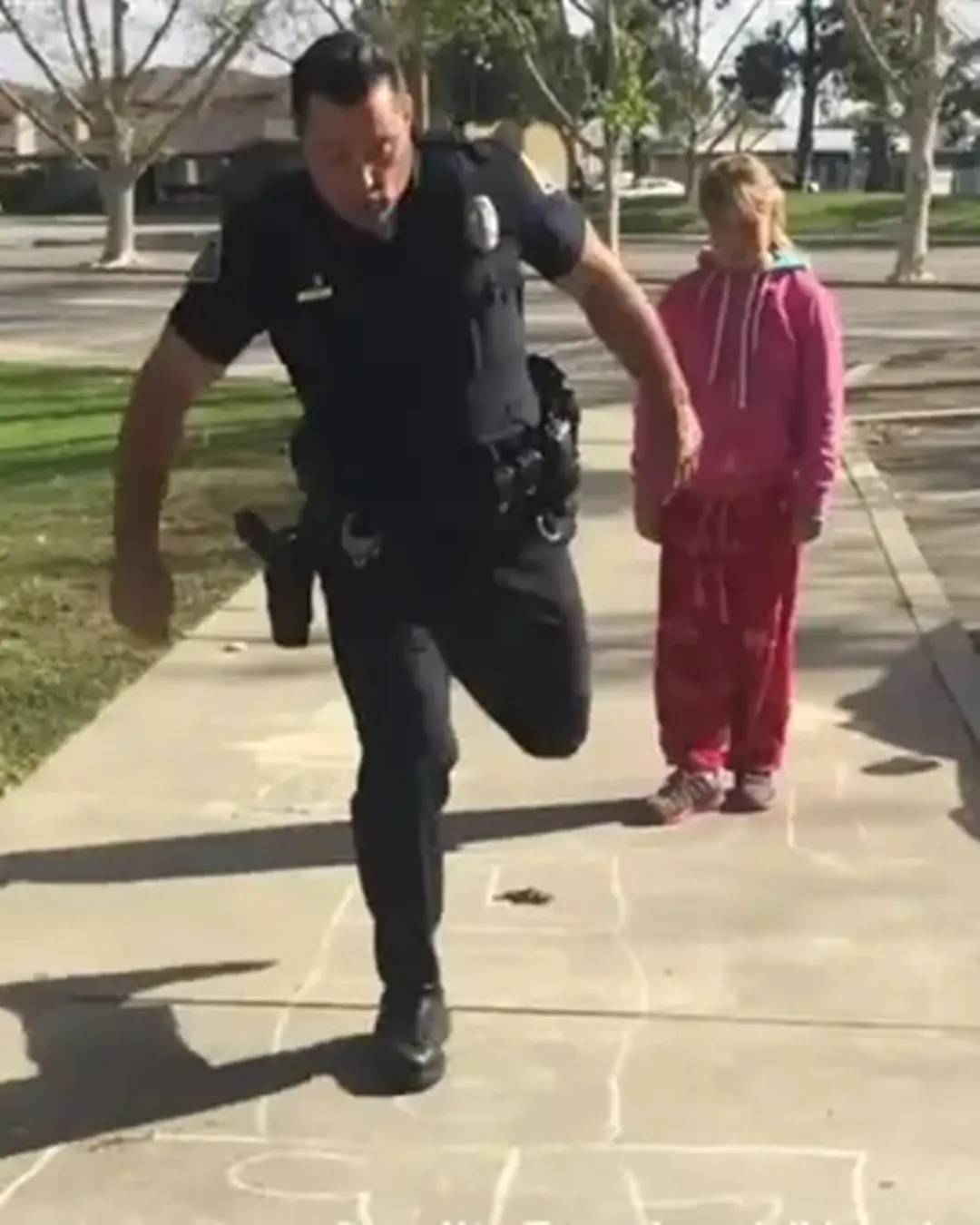
When Hopscotch Became a Miracle.

The Puppies in the Box: A Story of Rescue and Second Chances.
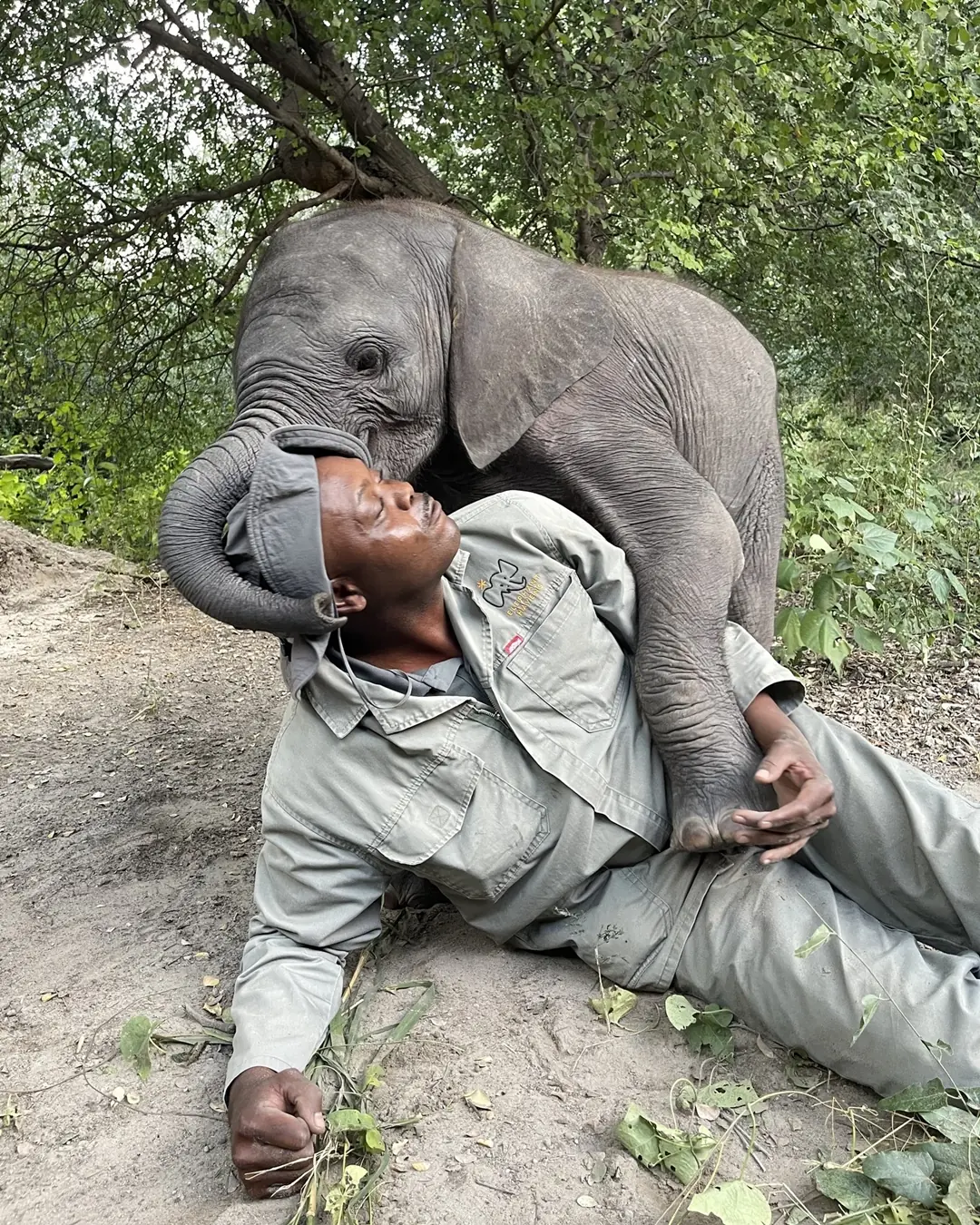
When Rescue Becomes Family: The Story of Baby Joy and KT.

A Mother’s Worst Fear—and a Community’s Relief.
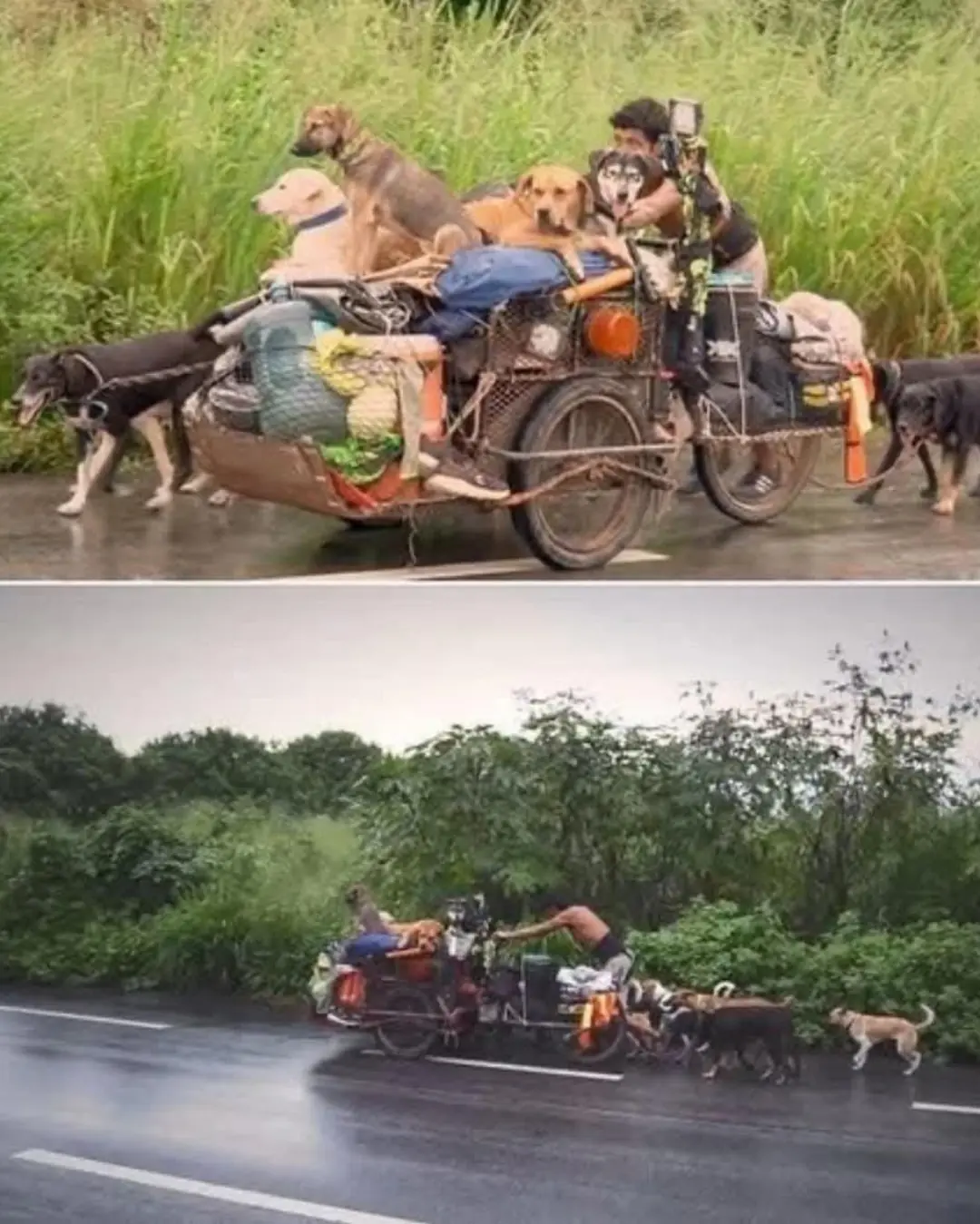
The Man Who Walks for Dogs: Edgardo Perros’ 8,500-Mile Mission of Compassion
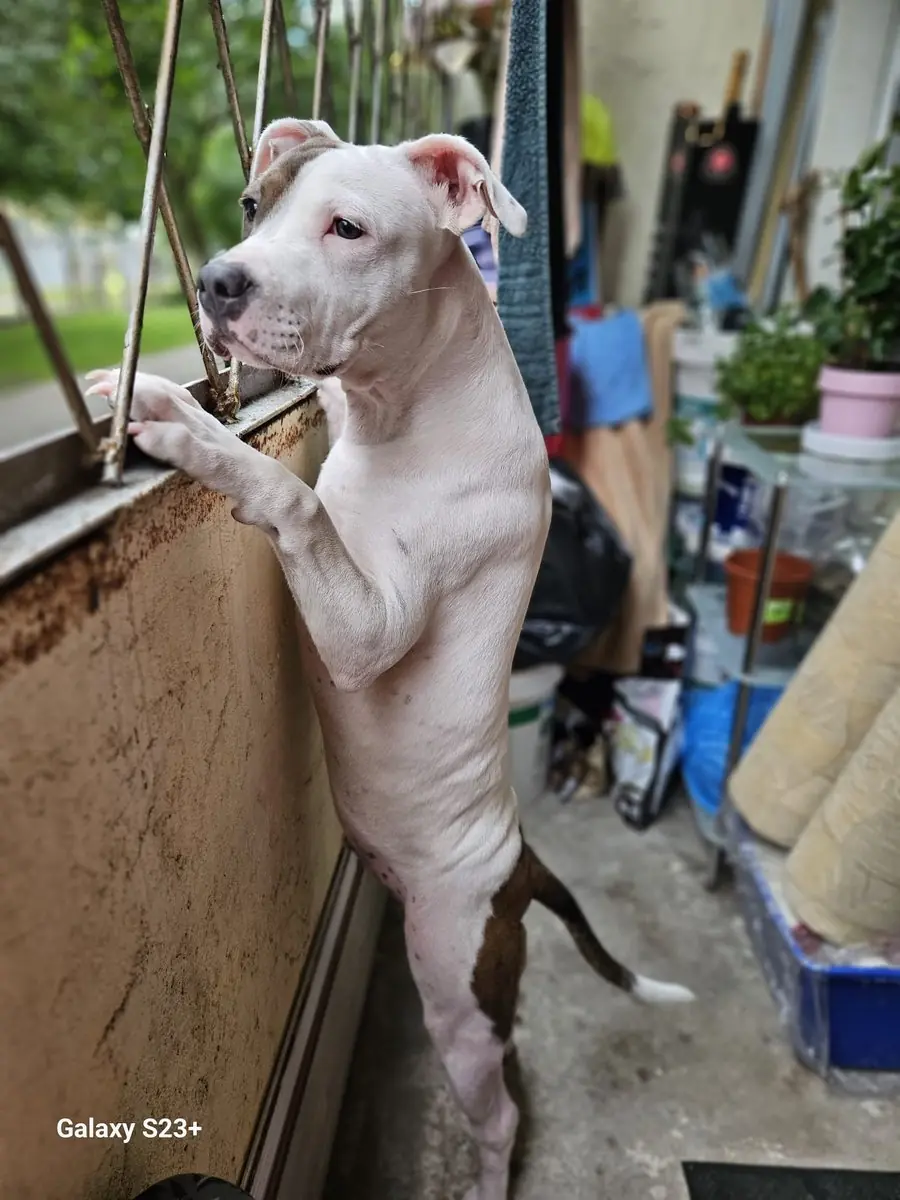
The Dog Who Went Out and Never Came Back the Same

Fighting for Wojtek: A 14-Year-Old’s Battle Against Cancer

“Hope Dies Last”: Parents Plead to Save Their 5-Year-Old Son With ALD

Fighting for Melania: A Childhood Stolen by Pain

A Mother’s Prayer: Liza Scott’s Ongoing Fight for Answers
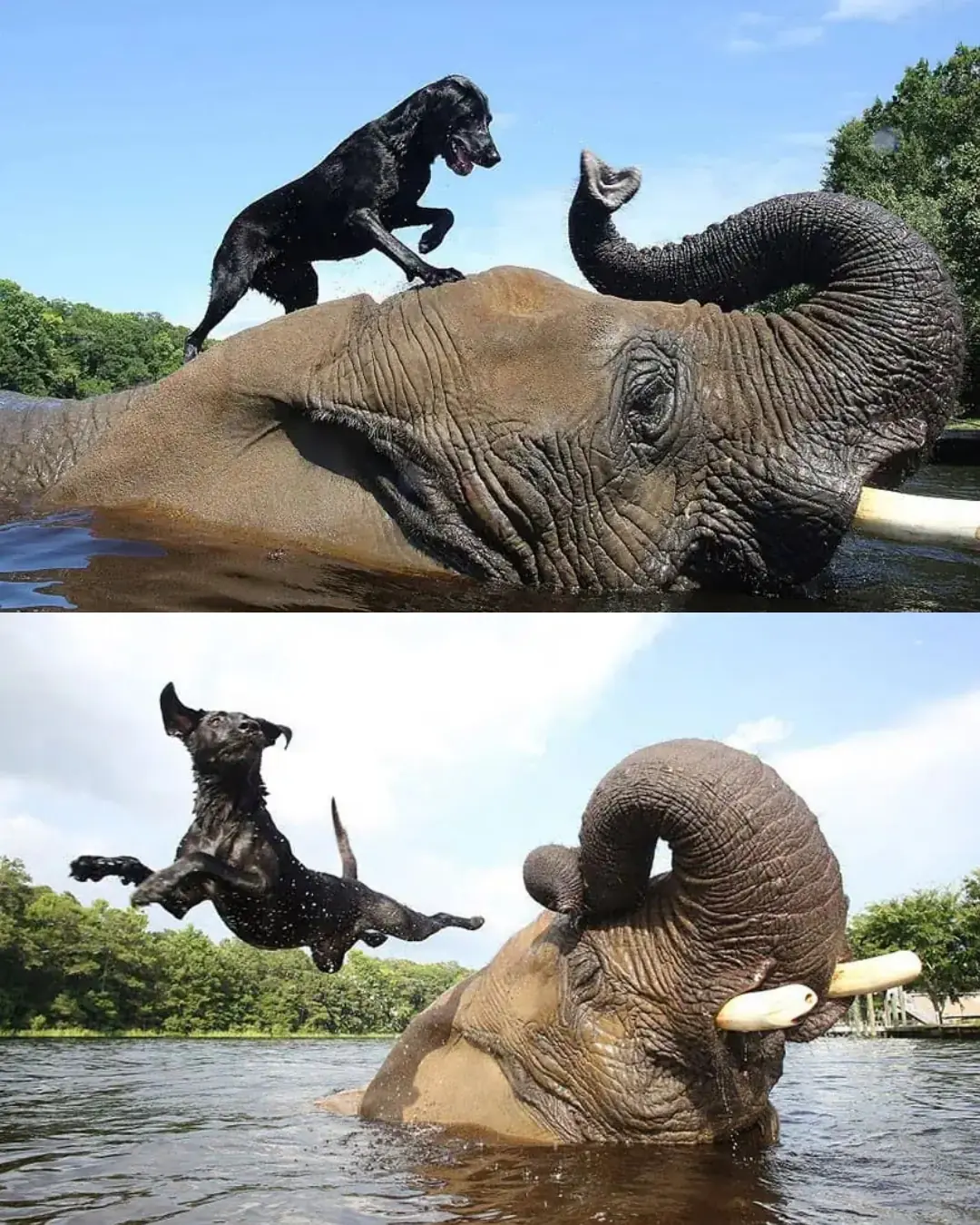
When an Elephant Found a Friend: The Story of Nelly and Rocky.

The Day Compassion Was Served Through a Coffee Window.

From Darkness to Growth — How a Garden Saved a Grandson’s Life.
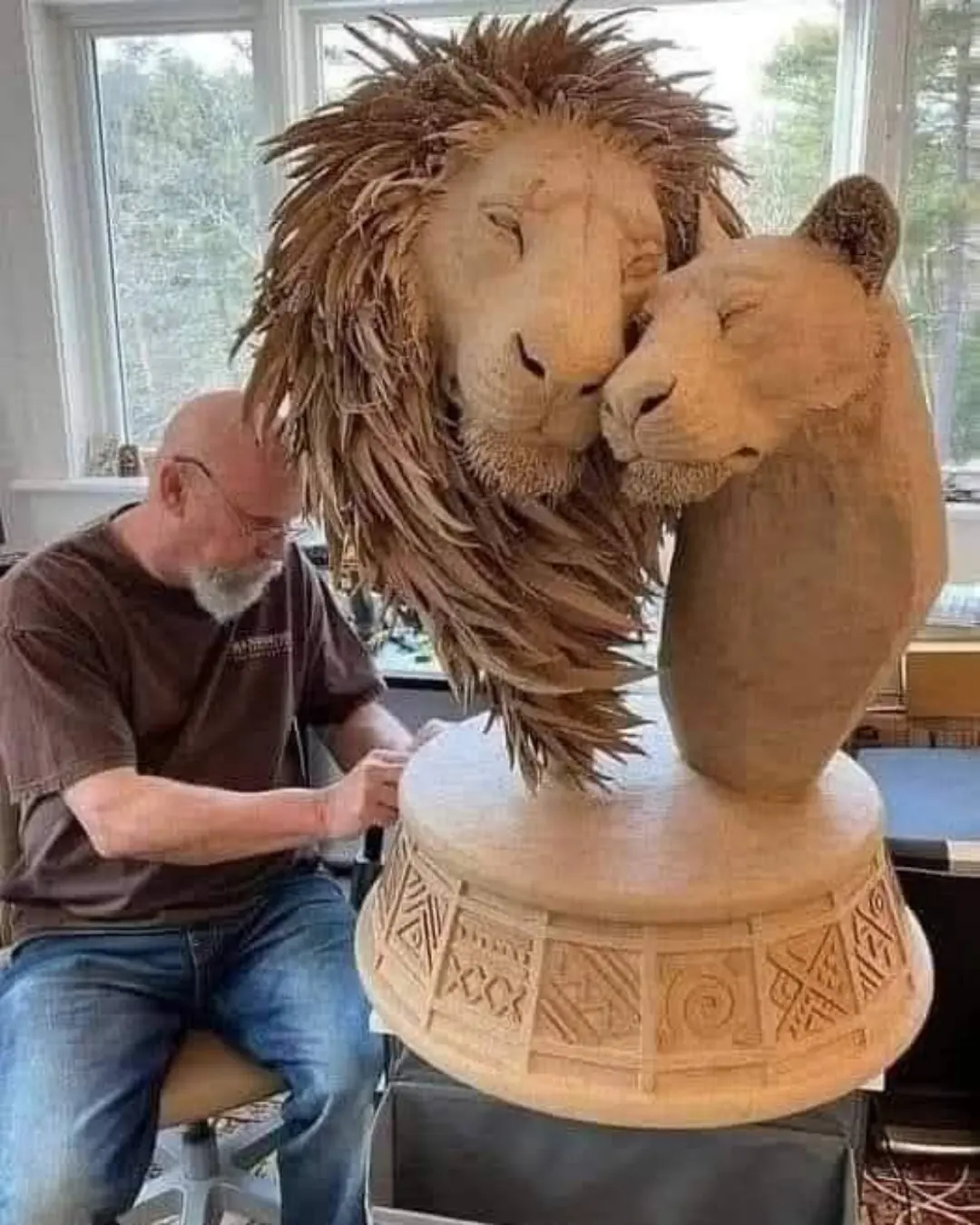
Devotion: The Lions Made of Love and Cardboard
News Post

Angel the Traveling Cat Launches Global Campaign: “We Are Not Baggage, We Are Living Beings”

The Tie of Humanity: When a Simple Gesture Bridges Two Lives

A Lesson in Compassion: How One Encounter Changed My Perspective

“Yes, I Want Her”: A Mother’s Powerful Response and a Daughter’s Journey of Belonging

Heroes in the Flames: The Firefighters Who Saved More Than Lives.

When Hopscotch Became a Miracle.

The Puppies in the Box: A Story of Rescue and Second Chances.

When Rescue Becomes Family: The Story of Baby Joy and KT.

A Mother’s Worst Fear—and a Community’s Relief.

How to Get Rid of Constipation: The Best Home Remedies That Really Work

If mice appear in the house, it means that...

7 Common Health Issues That Keep Appearing Could Be Early Warning Signs of Cancer

Small Life Hacks That Can Be Life-Saving
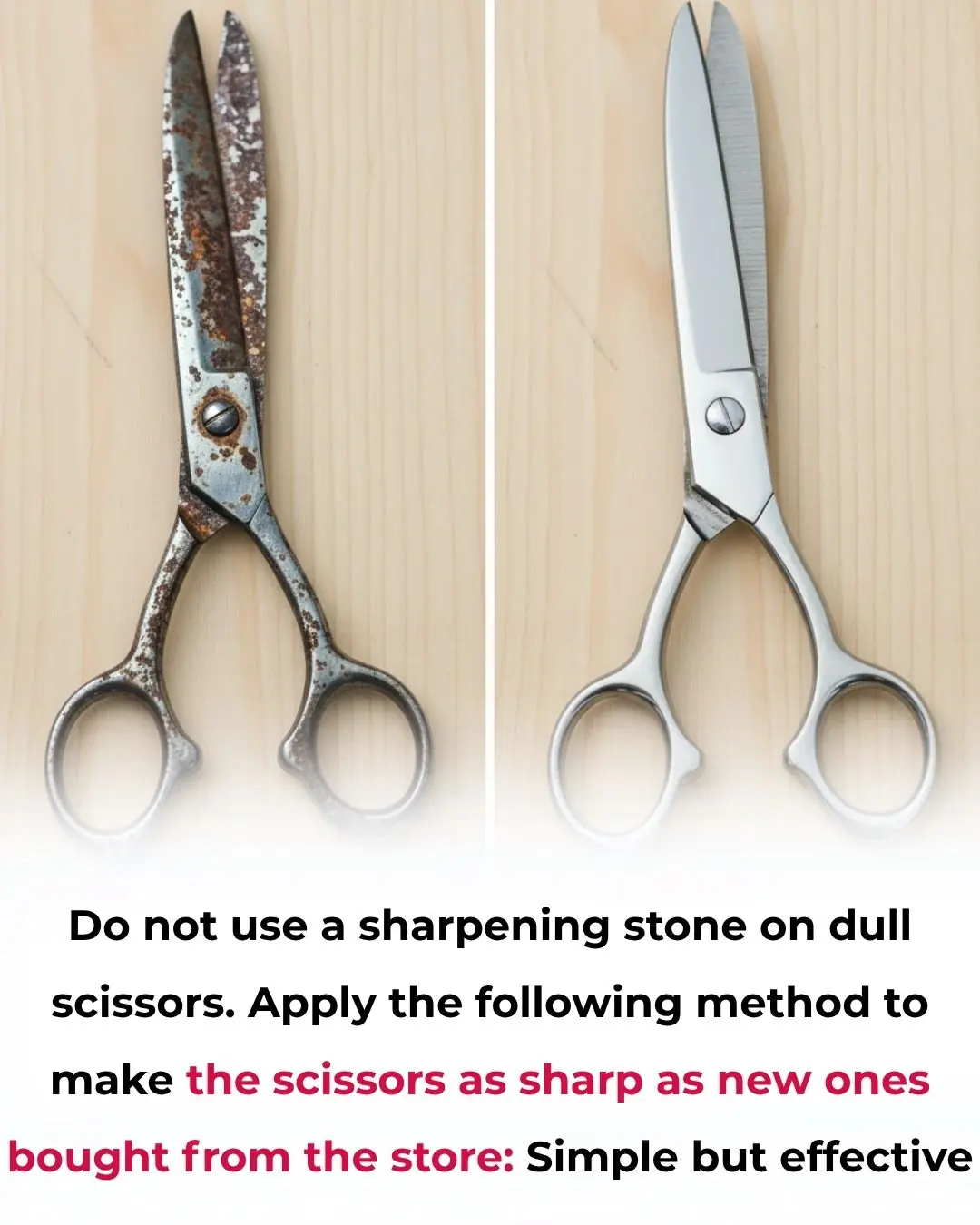
How to Sharpen Dull Scissors Without a Sharpening Stone: Simple and Effective Method

The Best Scientifically Proven Foods to Cleanse Your Liver

Flush the toxins silently damaging your kidneys — with these 13 powerful cleansing foods

The Best Natural Gout Treatments: Remove Uric Acid Crystallization To Prevent Gout And Joint Pain

4 things your hands could be telling you about the health of your kidneys
